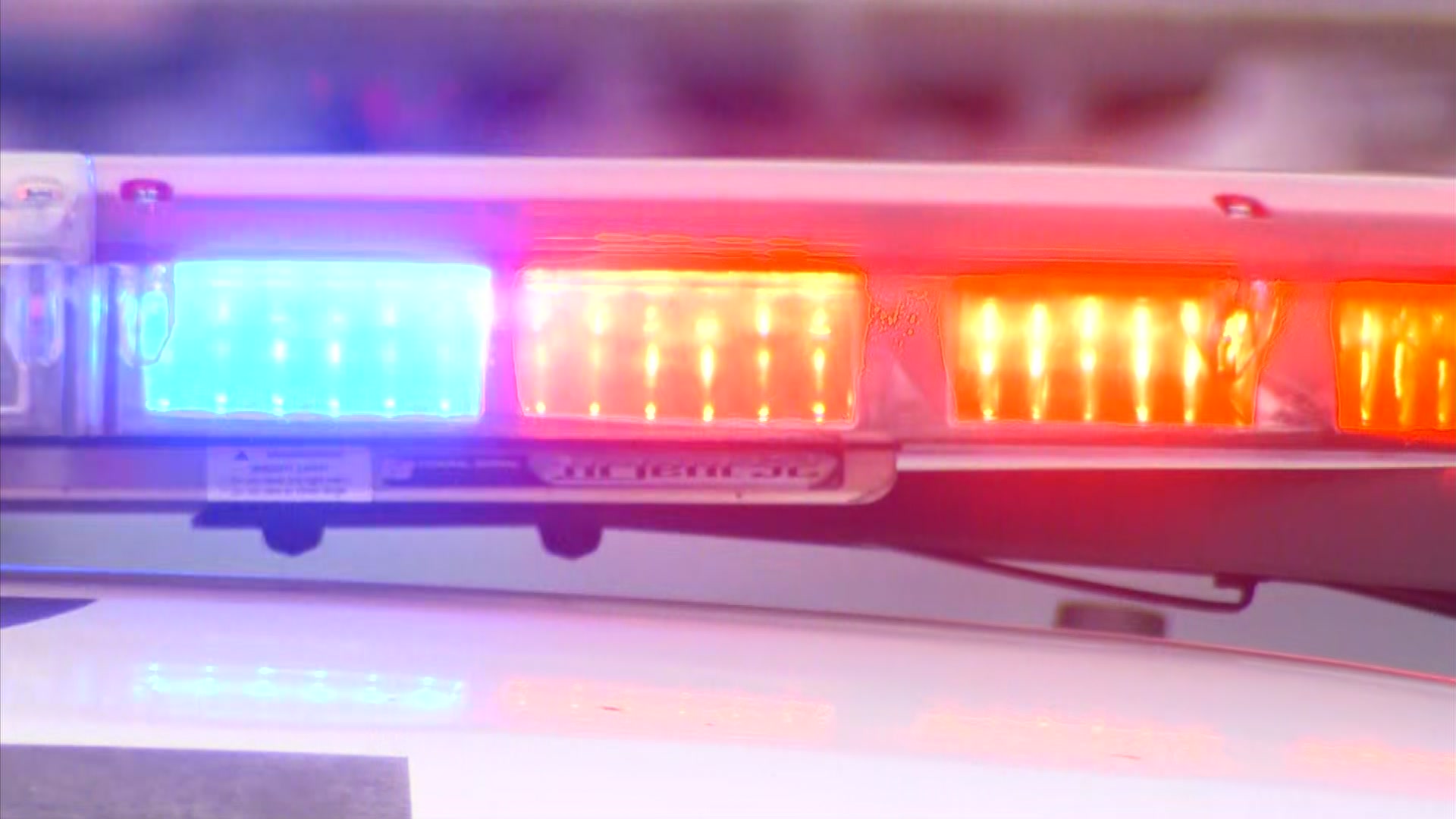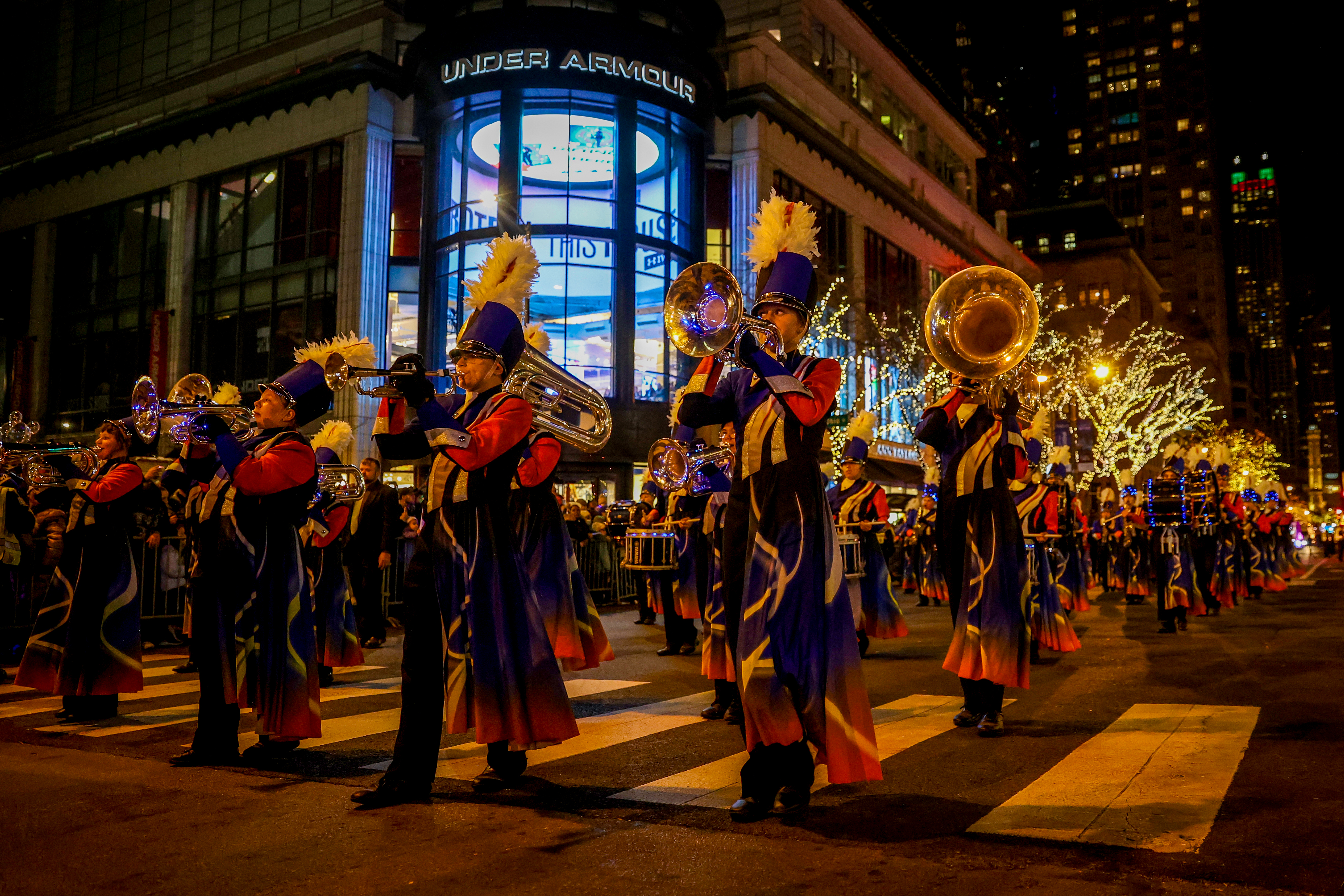As COVID's incubation period changes, what does that mean for isolation time and how long you are contagious?
During a Facebook Live last month, Chicago Department of Public Health Commissioner Dr. Allison Arwady reported that recent studies have shown the incubation period for COVID has dropped to three days with recent variants.
"So if you go back to like alpha variant, beta, delta - early on, it was about a five-day incubation period on average. So, if you were exposed to COVID, on average we were seeing people take about five days for someone to end up testing positive - and remember that went from four to five, out to 10, out to 14," she said. "The reason ... we only use 10 days now, it is because that timing has shortened. And so, more recently with BA.4, BA.5, that's all the way down to about three days now. So on average, people are testing positive about three days after, but you can have someone positive up to 10 days."
Arwady said most elements of COVID are moving faster with the BA.4 and BA.5 subvariants.
"That is excellent news from a control perspective and because one of the biggest challenges of COVID is that... when the incubation period is long, you can get infected with COVID, potentially have a long time before you have significant symptoms and it'll be spreading it," she said. "So it's good news to see that incubation period getting shorter."
According to the Centers for Disease Control and Prevention, someone with COVID-19 is "considered infectious starting two days before they develop symptoms, or two days before the date of their positive test if they do not have symptoms."
Regardless of symptoms, those who test positive are advised to take specific precautions for at least 10 days, though five days is the new isolation minimum, per the CDC. But does that mean you aren't contagious after five days?
Local
The answer depends.
People are likely the most infectious in the first five days after contracting the virus, health officials state, hence why isolation is recommended.
Feeling out of the loop? We'll catch you up on the Chicago news you need to know. Sign up for the weekly Chicago Catch-Up newsletter.
As a precaution, those who test positive are encouraged to wear a well-fitting face mask through day 10, even though the risk has gone down at that point.
Once day 10 rolls around, the risk drops significantly, including for those who have lingering symptoms, Arwady previously stated.
"If you're mostly feeling well, especially if what is still kind of lingering is a cough or a little bit of cough tends to be the last thing to go away after any virus, it is unlikely that you are still spreading disease," the doctor said.
If after five days you are fever-free for 24 hours without the use of medication, and your symptoms are improving, or you never had symptoms, you may end isolation.
But if you're still getting a positive test after six to 10 days, Arwady said you could still be contagious.
"Generally if their symptoms have resolved, they are very unlikely to still be spreading a lot of COVID. But if you still have a positive rapid test, make sure you are wearing a mask, consider isolating," Arwady said last month.
She clarified that the positive test applies more so to rapid results, as opposed to PCR. PCR COVID tests can stay positive for a "very long time" after recovering from the virus because they pick up on any dead infection.
Explaining most Americans have some level of immunity, the CDC issued major changes to its COVID guidelines in August, altering the recommendations for quarantine, social distancing and even testing.
Here's a breakdown of what we know:
When do you need to isolate?
According to the CDC, regardless of vaccination status, you should isolate from others when you have COVID-19. You should also isolate if you are sick or suspect that you have COVID-19 but are waiting on test results.
It's important to note that if you were exposed to COVID-19, the Food and Drug Administration now recommends you take three home tests instead of two to make sure you’re not infected.
The new guidance applies to people without symptoms who think they may have been exposed.
Previously, the FDA had advised taking two rapid antigen tests over two or three days to rule out infection. But the agency says new studies suggest that protocol can miss too many infections, and could result in people spreading the coronavirus to others, especially if they don't develop symptoms.
How long should you isolate?
If you test positive for COVID-19, the guidance states that you should stay home for at least five days and isolate from others in your home. You are likely most infectious during these first five days.
When you end isolation, you should still avoid being around people who are most at-risk until at least day 11.
After you have ended isolation, you'll also need to wear a mask through day 10, per the guidelines. The CDC also notes, however, that if you have access to antigen tests, "you should consider using them."
"With two sequential negative tests 48 hours apart, you may remove your mask sooner than day 10," the guidance states, adding that if your antigen test results are positive, "you may still be infectious."
Those who continue to test positive should continue masking.
"You should continue wearing a mask and wait at least 48 hours before taking another test," the CDC recommends. "Continue taking antigen tests at least 48 hours apart until you have two sequential negative results. This may mean you need to continue wearing a mask and testing beyond day 10."
If your symptoms worsen or return after you end isolation, you'll need to restart your isolation at day 0, per the guidelines.
How do you calculate isolation time?
The CDC states that isolation for those who have COVID is counted in days, but it depends on if you have symptoms.
If you have no symptoms:
- Day 0 is the day you were tested (not the day you received your positive test result)
- Day 1 is the first full day following the day you were tested
- If you develop symptoms within 10 days of when you were tested, the clock restarts at day 0 on the day of symptom onset
If you have symptoms:
- Day 0 of isolation is the day of symptom onset, regardless of when you tested positive
- Day 1 is the first full day after the day your symptoms started
What does isolation include?
- Wear a high-quality mask if you must be around others at home and in public.
- Do not go places where you are unable to wear a mask.
- Do not travel.
- Stay home and separate from others as much as possible.
- Use a separate bathroom, if possible.
- Take steps to improve ventilation at home, if possible.
- Don’t share personal household items, like cups, towels, and utensils.
- Monitor your symptoms. If you have an emergency warning sign (like trouble breathing), seek emergency medical care immediately.
What do you need to do to end isolation?
If you had no symptoms, you can end isolation after day 5, according to the CDC.
If you had symptoms, however, you can only end isolation after day 5 if:
- You are fever-free for 24 hours (without the use of fever-reducing medication)
- Your symptoms are improving
If you still have a fever or your other symptoms have not improved, continue to isolate until they improve, the guidelines state.
How severe your symptoms are can also play a role.
If you had moderate illness - such as shortness of breath or difficulty breathing - or severe illness, including hospitalization due to COVID-19, or if you have a weakened immune system, you need to isolate through day 10.
If you had severe illness or have a weakened immune system, you'll want to consult your doctor before ending isolation as you may need a viral test to do so.
Do you need to quarantine?
The CDC previously said that if people who are not up to date on their COVID-19 vaccinations come into close contact with a person who tests positive, they should stay home for at least five days. Now the agency says quarantining at home is not necessary, but it urges those people to wear a high-quality mask for 10 days and get tested after five.



